Addiction Family Roles Worksheet
Are you seeking a valuable tool to help you better understand the dynamics within your family affected by addiction? Look no further! Introducing the Addiction Family Roles Worksheet, designed to provide clarity and insight into the roles and behaviors that individuals often adopt when living with addiction within their family unit.
Table of Images 👆
More Other Worksheets
Kindergarten Worksheet My RoomSpanish Verb Worksheets
Cooking Vocabulary Worksheet
DNA Code Worksheet
Meiosis Worksheet Answer Key
Art Handouts and Worksheets
7 Elements of Art Worksheets
All Amendment Worksheet
Symmetry Art Worksheets
Daily Meal Planning Worksheet
What does the role of the enabler involve?
The role of an enabler involves supporting and facilitating the harmful behavior or actions of another person. Enablers often ignore or minimize negative consequences, make excuses for the individual, and enable their destructive habits or behaviors to continue. This can perpetuate a cycle of dependency and can prevent the individual from taking responsibility for their actions and seeking help.
Describe the characteristics of the scapegoat role.
The scapegoat role typically involves an individual being blamed, punished, or singled out for the faults, mistakes, or problems of a group or family. Scapegoats often bear the brunt of emotional and psychological issues within the group, serving as a target for displacement of negative feelings and a diversion from addressing underlying issues. They may be seen as an easy target due to perceived vulnerabilities, differences, or past actions, and may struggle to defend themselves against unfair accusations. Scapegoating can lead to feelings of isolation, rejection, and low self-esteem for the individual in this role.
What is the function of the hero role in an addiction family?
The hero role in an addiction family typically involves taking on responsibilities, excelling in school or work, and striving to maintain a sense of normalcy amidst the chaos of addiction. Heroes often act as the family's "rock" and may be seen as the one who holds everything together or tries to cover up the addiction issues. They may also experience feelings of pressure to be perfect and may struggle with expressing their emotions or seeking help for themselves due to their focus on taking care of others.
Explain the characteristics of the lost child role.
The lost child role in dysfunctional family dynamics is often characterized by isolation, withdrawal, and a tendency to avoid conflict or attention. These individuals may feel invisible or neglected within the family, leading them to retreat into their own world to cope with the chaos and dysfunction around them. They may struggle with feelings of loneliness, low self-esteem, and difficulty forming close relationships outside the family system. The lost child may also excel in being independent and self-sufficient, but may lack the skills or confidence to assert themselves or advocate for their own needs.
Describe the behaviors and responsibilities of the mascot role.
The mascot is responsible for entertaining and engaging the audience through energetic and animated performances during events. Their behaviors typically involve interacting with fans, performing dance routines, and promoting team spirit. Mascots also represent the team's brand and must adhere to guidelines to maintain a positive and family-friendly image. Additionally, they often participate in community events and charity functions to further promote the team's values and connect with fans outside of the sports arena.
What does the addict role entail within the family?
The addict role in a family typically involves the individual with the substance abuse issue being the focal point of attention and concern, leading to other family members adapting their behaviors to accommodate or enable the addiction. Family members often become enablers, caretakers, or rescuers, and may experience feelings of guilt, shame, and resentment as a result. The addict role can create a dysfunctional dynamic within the family, with the addict's behavior influencing and often dominating the family's interactions and relationships.
Explain the characteristics of the caretaker role.
The caretaker role typically involves taking responsibility for the physical, emotional, and sometimes financial well-being of others. Caretakers are often compassionate, nurturing, and empathetic individuals who prioritize the needs of those they are caring for. They may provide basic needs such as food, shelter, and medical care, as well as emotional support and companionship. Caretakers also usually exhibit strong communication skills, patience, and the ability to handle stressful situations with grace and empathy.
What is the role of the rescuer in an addiction family?
The role of the rescuer in an addiction family is typically to enable the addicted individual by shielding them from the consequences of their actions, making excuses for their behavior, and often taking on responsibilities that should belong to the addicted person. This behavior, while well-intentioned, can perpetuate the addiction cycle by preventing the individual from facing the repercussions of their actions and seeking help. It is important for the rescuer to set healthy boundaries, encourage the addicted person to take responsibility for their actions, and seek support for themselves to break the enabling cycle.
Describe the responsibilities and behaviors of the distractor role.
The distractor role in a group setting is responsible for introducing new ideas, challenging assumptions, and encouraging critical thinking by offering alternative perspectives. They may also help prevent groupthink by promoting healthy debate and constructive disagreement. Behaviors typically associated with this role include playing devil's advocate, asking probing questions, and pushing the group to consider different viewpoints. Ultimately, the distractor role aims to stimulate deeper thinking, enhance decision-making processes, and promote creative problem-solving within the group.
Explain the characteristics and function of the silent role.
The silent role in a group or conversation typically involves listening attentively without actively participating or speaking up. This role is characterized by observation, reflection, and non-verbal communication such as nodding, eye contact, or body language cues to show engagement and understanding. The function of the silent role is to provide a space for others to speak and share their thoughts without interruption, as well as to process information before contributing to the discussion. It can also help maintain balance and harmony within a group by allowing quieter voices to be heard and preventing dominance by more vocal individuals.
Have something to share?
Who is Worksheeto?
At Worksheeto, we are committed to delivering an extensive and varied portfolio of superior quality worksheets, designed to address the educational demands of students, educators, and parents.

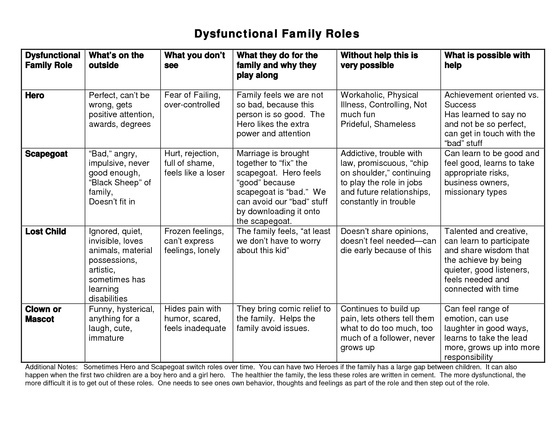



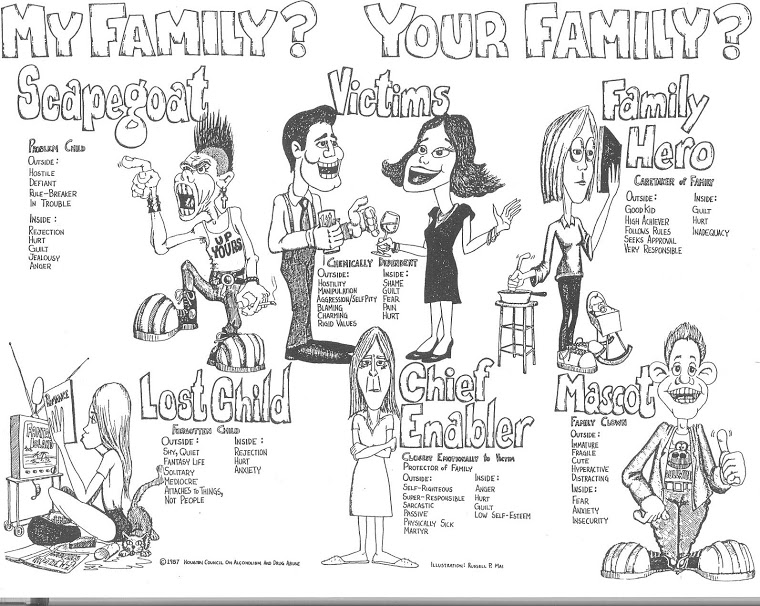
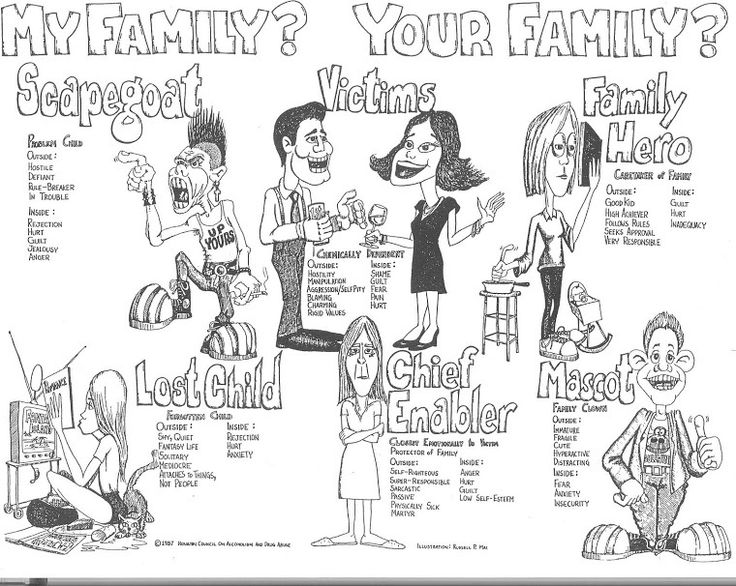
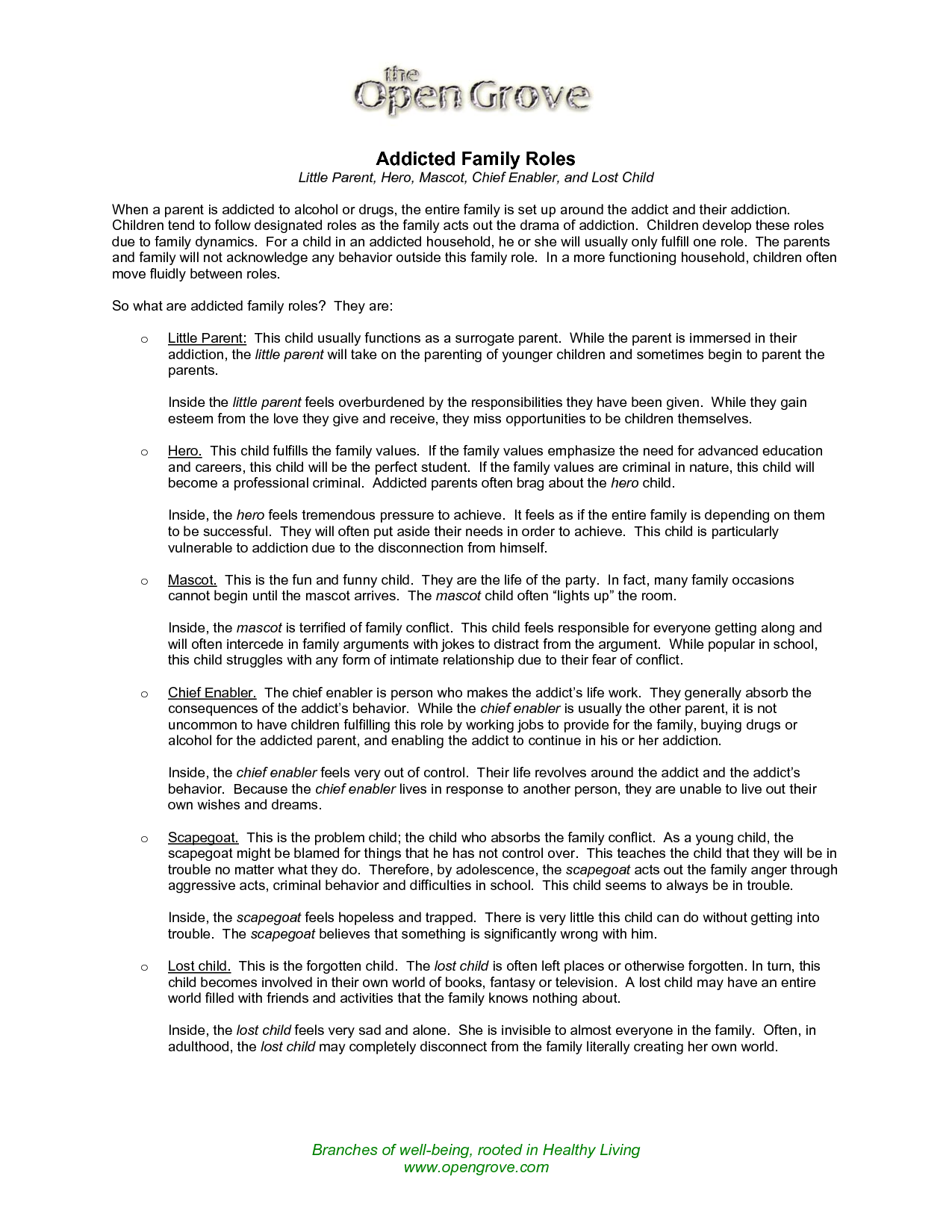
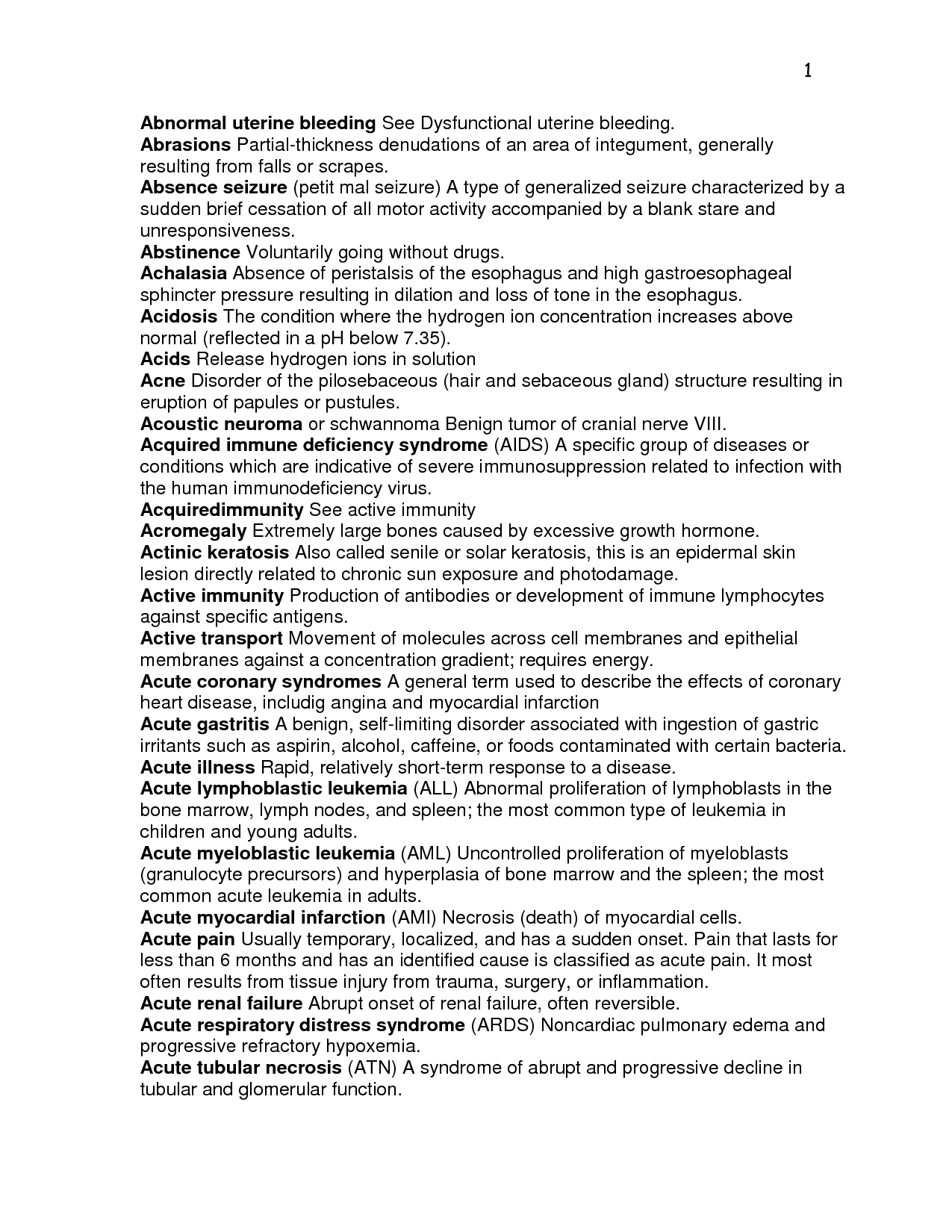
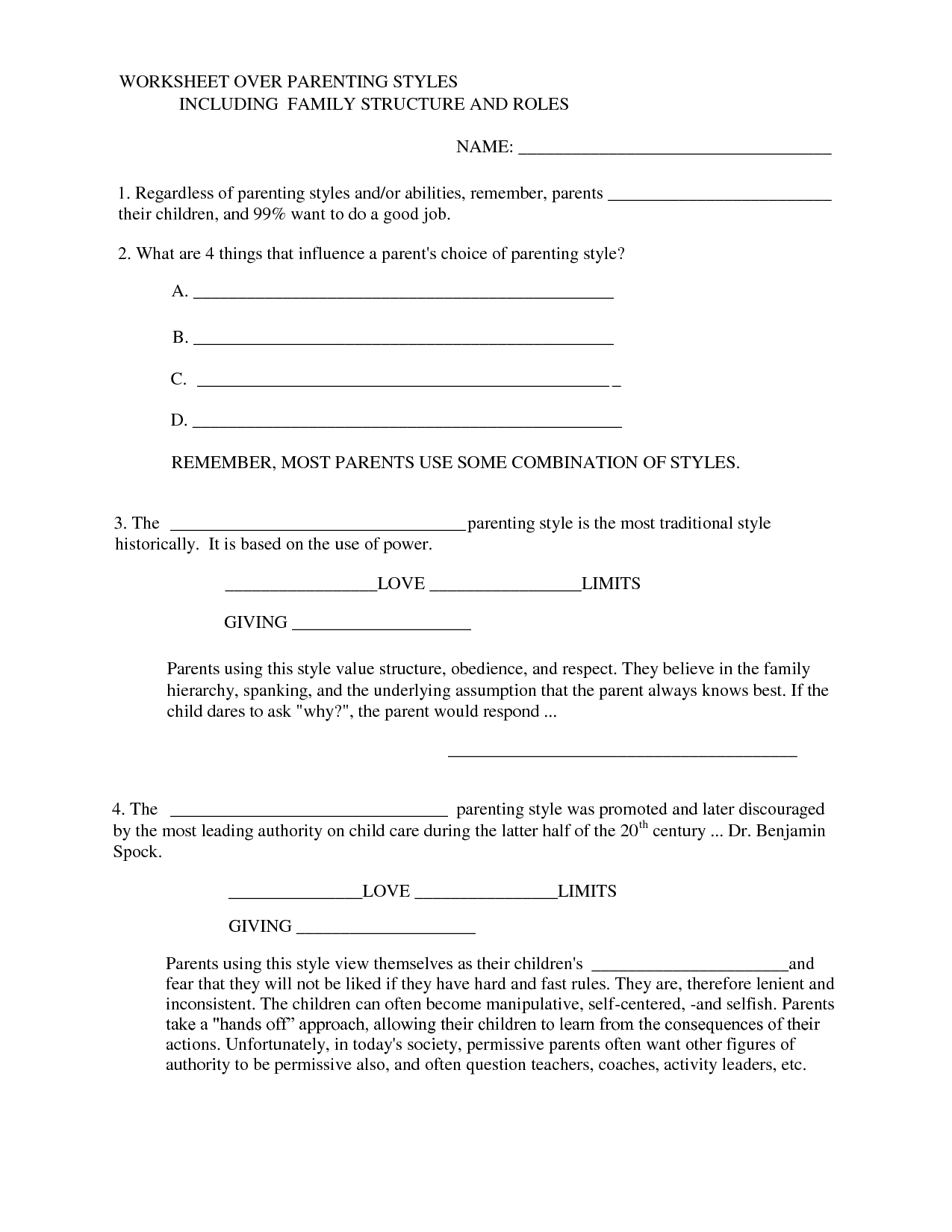














Comments